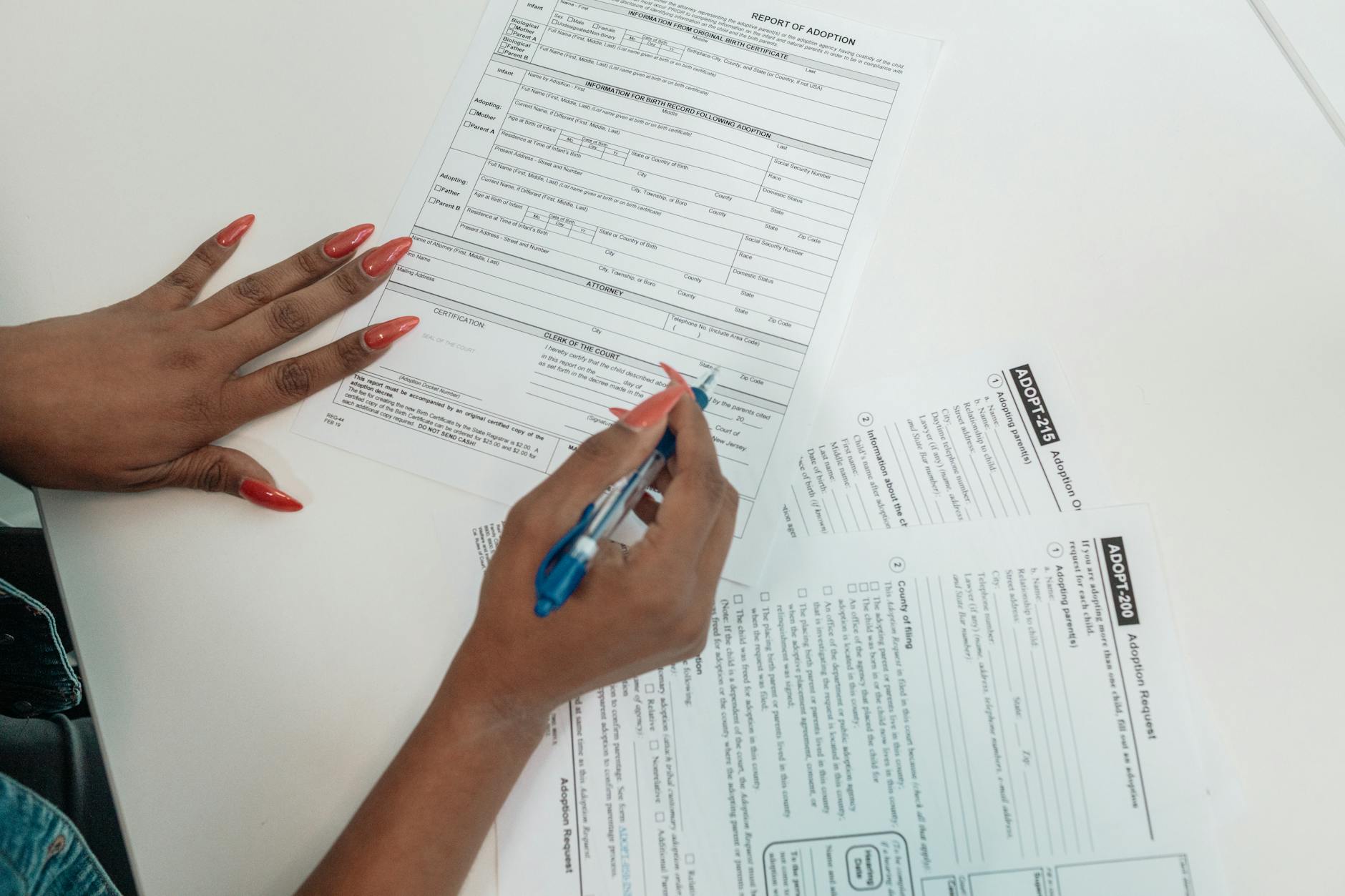How to Navigate the Section 8 Tenant Application Process Successfully
How to navigate the Section 8 tenant application process successfully
Applying for housing assistance through the Section 8 program can seem overwhelming at first, but with the right guidance, it becomes much more manageable. This federal program is designed to help low-income families, the elderly, and people with disabilities find affordable housing by subsidizing rent payments. Understanding the steps involved—from eligibility requirements and documentation to waiting lists and final approval—can significantly improve your chances of securing housing assistance. This article will walk you through each phase of the Section 8 application process, providing practical tips and insights to help you navigate it confidently and efficiently.
Understanding eligibility and gathering documentation
The first critical step in applying for Section 8 housing assistance is determining whether you meet the eligibility criteria. These typically revolve around income limits, family size, citizenship status, and local residency requirements. Each Public Housing Agency (PHA) sets slightly different income thresholds based on area median income (AMI). It’s essential to verify these limits with your local PHA before applying.
Key documents to prepare include:
- Proof of income (pay stubs, tax returns, benefits statements)
- Identification documents (government-issued IDs, Social Security cards)
- Proof of residence (utility bills, lease agreements)
- Household composition documents (birth certificates, custody papers)
Having these readily available can reduce delays in your application process.
Submitting your application and joining the waiting list
Once eligibility is confirmed, you need to submit your application. Many PHAs offer both online and in-person submissions; check the preferred method in your area. Due to high demand, most applicants are placed on waiting lists, which can be long depending on the region.
Tips for managing this stage effectively:
- Apply to multiple PHAs if allowed, broadening your chances.
- Complete the application thoroughly and accurately to avoid disqualification.
- Keep records of submission dates and confirmation numbers.
- Stay proactive by regularly checking your status with the PHA.
Waiting lists may be prioritized based on factors such as homelessness, disability, or veteran status, so make sure to communicate any special circumstances.
Preparing for the housing voucher interview
When your name reaches the top of the waiting list, you’ll be invited for an interview with your PHA. This is a crucial stage where your eligibility is verified, and final determinations are made. Preparation can make a significant difference.
To prepare effectively, consider these points:
- Bring all original documents along with copies for submission.
- Be ready to discuss your financial status and household composition.
- Understand the tenant’s responsibilities under the program, including maintaining the unit and complying with lease terms.
- Ask questions about the voucher issuance process and timelines so you know what to expect next.
Finding housing and completing the leasing process
After your voucher is granted, you’ll enter the phase of identifying suitable housing. Properties must meet specific health and safety standards set by the PHA and HUD, meaning not all available rentals qualify. Additionally, landlords must agree to participate in the Section 8 program.
Helpful strategies include:
- Use PHA-provided lists or online resources to find eligible rental units.
- Discuss terms clearly with landlords regarding rent, utilities, and maintenance.
- Prepare for the PHA inspection of the prospective unit, which ensures compliance with program standards.
Once a unit passes inspection and the lease is signed, your PHA will begin subsidies, making your housing more affordable.
| Step | Action | What to prepare | Common challenges |
|---|---|---|---|
| Eligibility verification | Check income, residency, family composition | Income documents, IDs, proof of residence | Changes in income, incomplete documents |
| Application submission | Apply through PHA, get on waiting list | Completed application, contact info | Long wait times, errors on application |
| Interview | Verify information, discuss responsibilities | Original paperwork, questions for PHA | Nervousness, unpreparedness |
| Finding housing | Locate qualifying rental, pass inspections | Rental listings, landlord agreements | Limited units, inspection failures |
Conclusion
Navigating the Section 8 tenant application process successfully requires careful preparation, patience, and proactive communication with your local PHA. By understanding the eligibility criteria and gathering the necessary documentation upfront, you reduce delays and improve your chances of moving swiftly through the process. Submitting a complete and accurate application and maintaining contact while on waiting lists helps keep your application active. When invited for an interview, being thoroughly prepared and informed is key to passing this critical step. Finally, identifying suitable housing and ensuring it meets program standards are essential before your assistance formally begins. With a clear overview of each stage and attention to detail, applicants can improve their likelihood of securing affordable housing through Section 8.
Image by: Kindel Media
https://www.pexels.com/@kindelmedia
editor's pick
latest video
news via inbox
Nulla turp dis cursus. Integer liberos euismod pretium faucibua


